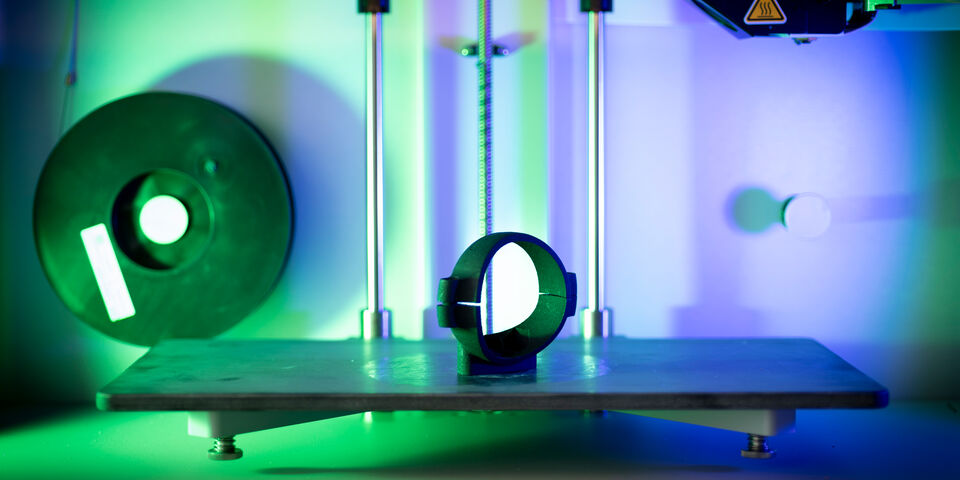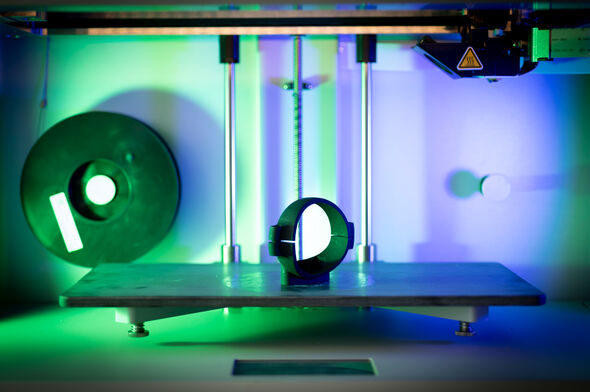3D printer makes peacekeeping missions cheaper
Peacekeeping missions often take place in remote locations, requiring the army to have a large supply of spare parts on site to keep everything running. TU/e researcher Bram Westerweel comes to the conclusion that taking a 3D printer on a mission to print parts can save hundreds of thousands of euros and, at the same time, reduce the downtime of defense equipment. The savings on operational expenses can sometimes run up to more than half of the total costs. The findings of Westerweel can also be applied to industries with remote locations, such as the offshore industry.
The army’s systems have many thousands of types of spare parts. Based on his research, Westerweel expects that a total of ten to twenty percent of the components of the armed forces can be made by additive manufacturing, also known as 3D printing. The total savings by 3D printing on relatively large peacekeeping missions like the ones in Mali and Sudan, could then run up to hundreds of thousands euros. The printer itself costs a one-off 25,000 euros and printing material is already included in the cost of the model, making for a quick return on investment. The Dutch army is already using such a printer in Mali.
Read on below the photo.
Westerweel's research took a broader perspective of the possibilities of including 3D printers in the logistics chain of supplying spare parts. Such logistics are not easy, especially for complex technical systems on remote locations. 3D printers are sometimes seen as the definitive solution: zero stock, just a printer that makes parts on demand. However, Westerweel's work shows that this is often not feasible. In many cases it is simply too expensive to shut down a technical system until a new part has been printed. In these cases, parts must be 'on the shelf' so that they can be replaced immediately.
Far-reaching efficiency does seem possible by a new business model, which Westerweel also investigated. This business model is based on equipment builders shifting from selling and shipping physical parts, to selling licenses for digital design files that allow others, anywhere in the world, to print parts locally. Such licensing of intellectual property also allows the supply chain to completely decentralize, with traditional mass-manufacturing facilities being replaced by local printing hubs that can simply download component designs from central servers.
Westerweel received his PhD at TU/e on Tuesday 14 May.



Discussion